Dentistry and Oral Health
Annual Cleanings & Exams
Your pet should have dental evaluation at least once a year, as part of their annual visit.
Symptoms of Dental Health Problems
The following symptoms may be a sign of a dental problem in your pet:
Bad breath
Broken or loose teeth
Retained baby teeth or extra teeth
Tartar buildup
Discolored teeth
Abnormal chewing, drooling, or dropping food from the mouth
Reduced appetite or refusal to eat
Pain or swelling in or around the mouth
Bleeding from the mouth
Assessment & Examination
First, a thorough preanesthetic physical exam will be performed on your pet.
We will run a full blood panel to ensure your pet can safely undergo anesthesia. Additional diagnostics can be conducted, if needed.
Once your pet is under anesthesia, we will perform a full oral examination (tooth by tooth) and charting.
Dental Hygiene & Treatment
Next, we will clean and polish the crowns of the teeth and under the gum line.
If advanced periodontal disease is found, a treatment plan will be developed and discussed with you.
At-Home Prevention & Regular Checkups
A follow-up examination will be scheduled after the assessment and treatment appointment.
After your visit, we will discuss implementing teeth brushing at home as well as other products available that can help improve your pet's oral health.
We will perform a Dental Consult prior to the actual Dental Cleaning & Polish procedure. In this appointment, Dr. Chappell will assess the individual needs of your pet. In most cases, patients will require antibiotics to address issues like gingivitis or abscesses and clear up any other infections that may be present. This ensures the safety of your pet, as it prevents the opportunity for bacterial infection to spread.
Dental Care & Anesthesia
When you visit the dentist, you understand the process is designed to keep your mouth healthy. You understand what will happen and you allow the dentist to clean your teeth.
Cats and dogs do not understand any of this – so they react by trying to escape or even biting. We perform all dental procedures under anesthesia because it allows us to care for your pet's teeth safely, and with less stress for the animal.
Did you know?
75% of cats and 85% of dogs over the age of 3 years old have some degree of periodontal disease.
Dental disease is the most common disease in dogs and cats.
Dental disease can affect the heart valves, liver and lungs within years if not addressed early.
The large majority of animals will not show any symptoms of dental disease, they will still eat, chew their toys, and wag their tails when you get home. So it’s important to talk about dental disease with your veterinarian and get their teeth professionally cleaned and examined BEFORE any teeth need to be removed.



